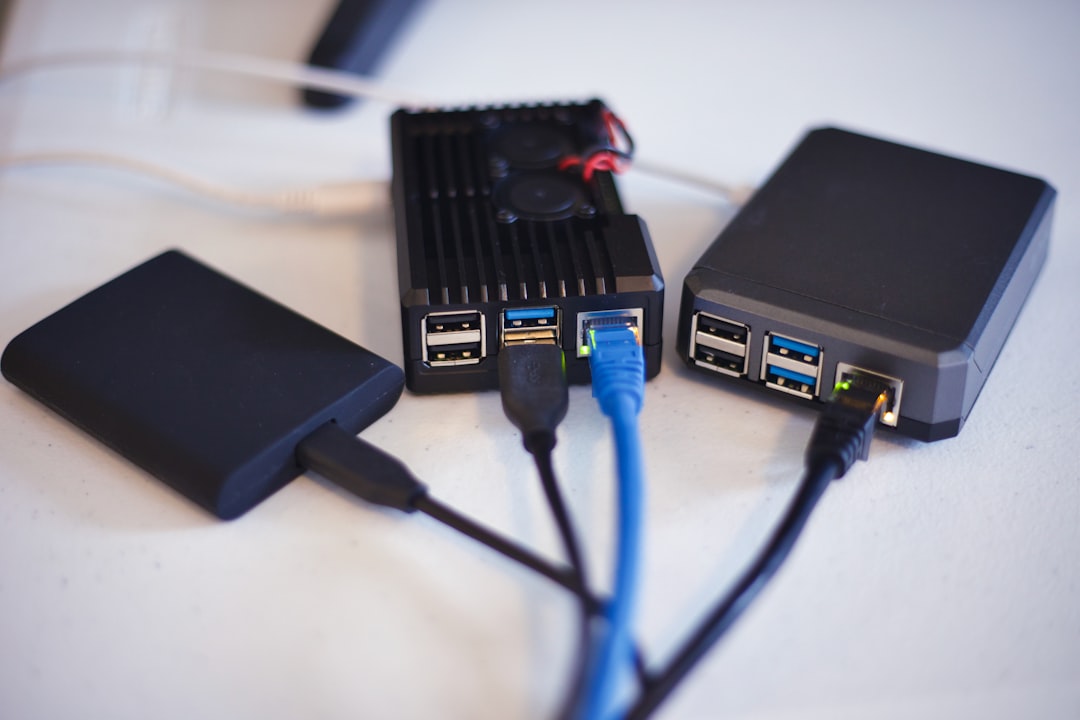In an age where cyber threats are increasingly sophisticated and devices are more interconnected than ever, the importance of secure firmware has never been greater. At the heart of embedded system security lies a critical, yet often overlooked, component: the bootloader. A secure bootloader forms the first layer of protection, ensuring that only authenticated and trusted firmware can execute on a device. Designing one with robust encryption and authentication mechanisms is not just best practice—it’s essential.
TL;DR
Table of Contents
A secure bootloader verifies firmware authenticity before execution, protecting embedded systems from malicious attacks. By implementing cryptographic techniques like digital signatures and encryption, developers can ensure firmware integrity and confidentiality. Key elements include integrity checks, secure storage of secret keys, and failover mechanisms. This article dives into best practices, architecture, and step-by-step implementation guidelines for building a secure bootloader.
What is a Secure Bootloader?
A bootloader is a small program responsible for launching the firmware on a device. A secure bootloader enhances this functionality by verifying the integrity and authenticity of firmware before execution. If implemented correctly, it can prevent unauthorized or malicious code from running on your device.
To secure the boot process, the bootloader must:
- Authenticate the firmware using cryptographic signatures
- Decrypt encrypted code if necessary
- Reject firmware that fails authenticity checks
Why Encryption and Authentication Matter
With the increasing number of IoT and embedded devices, firmware has become a target of cyberattacks. Unauthorized code can access sensitive data, exploit hardware, or launch further attacks into wider ecosystems. Authentication and encryption serve as two foundational pillars in the security model:
- Authentication ensures that the firmware originates from a trusted source.
- Encryption protects the firmware’s contents from being read or tampered with during storage or transit.

Core Components of a Secure Bootloader
Designing a secure bootloader involves several components and steps, which are often customized based on the target system. However, some common and indispensable features include:
1. Cryptographic Signature Verification
Each firmware image should be signed using a private key. When loading the firmware, the bootloader uses a corresponding public key—which is securely stored in read-only or tamper-proof memory—to verify the signature.
Common algorithms:
- RSA (Rivest-Shamir-Adleman)
- ECDSA (Elliptic Curve Digital Signature Algorithm)
2. Firmware Encryption
Using symmetric encryption algorithms like AES (Advanced Encryption Standard), the firmware can be encrypted before being stored or transmitted. At boot time, the bootloader decrypts it using a key stored securely on the device.
3. Secure Key Storage
Secret keys used for decryption and signature verification must be stored in a secure location. Options include:
- On-chip secure storage (e.g., STM32’s secure key storage)
- Trusted Platform Modules (TPMs)
- Physically unclonable functions (PUFs)
4. Rollback Protection
Attackers might try to load an older firmware version with known vulnerabilities. Implementing rollback protection ensures only equal or higher version firmware is accepted by using monotonically increasing version numbers or secure counters.
5. Fail-Safe Recovery
If authentication fails, the bootloader should avoid bricking the device. Strategies include:
- Booting a failsafe recovery image
- Entering a firmware update mode
- Alerting administrators via logging or communication interfaces
Design Considerations
1. Small Footprint
Embedded systems often work under tight memory constraints. Prioritize lightweight cryptographic libraries (e.g., mbed TLS, micro-ecc) and minimize dependencies to keep the bootloader compact.
2. Speed vs. Security
Stronger cryptographic operations come with higher latency. Balance security requirements with system performance. For example, ECC offers robust security with shorter key lengths compared to RSA, saving both time and space.
3. Hardware Acceleration
Leverage hardware cryptographic accelerators when available to boost performance and reduce power consumption.

Implementation Steps
Here’s a high-level roadmap to build a secure bootloader from scratch:
- Choose your cryptographic algorithms: Use strong, well-tested libraries. Prefer ECC for digital signatures due to compact size.
- Sign the firmware: During the build process, sign the firmware using a secure private key.
- Encrypt firmware (optional): Use AES or another symmetric encryption algorithm to secure firmware content.
- Develop bootloader logic:
- Load the firmware image from memory
- Verify its signature using the stored public key
- Decrypt the firmware if necessary
- Check version counters to prevent rollbacks
- Establish secure key storage: Embed the public key in ROM and securely derive/store any symmetric keys.
- Implement recovery procedures: Always include a recovery mechanism in case of validation failure.
Challenges and Pitfalls
Designing a secure bootloader isn’t without risks. Common mistakes include:
- Hardcoding weak keys: Always use strong, randomly generated keys.
- Lack of rollback protection: Makes devices vulnerable to older exploits.
- Insecure update mechanisms: Firmware updates must also be authenticated and encrypted.
- Improper memory protection: Attackers can exploit unprotected bootloader memory.
Testing Your Secure Bootloader
Thoroughly test your bootloader design under various scenarios:
- Attempt to load tampered firmware
- Load unsigned firmware and observe rejection
- Simulate key corruption or storage failure
- Test with old firmware for rollback protection
Tools such as QEMU or hardware debuggers (like J-Link or ST-Link) can aid in testing on virtual or physical hardware.
Real-World Case Studies
- Amazon FreeRTOS: Incorporates secure boot with key provisioning and over-the-air (OTA) updates secured through encryption and authentication mechanisms.
- Android Verified Boot: Validates every boot component using cryptographic signatures to ensure system integrity.
- NXP’s MCU Secure Boot: Employs on-chip key burning and secure lifecycle management for IoT applications.
Best Practices
To wrap things up, adhere to the following best practices when designing and deploying a secure bootloader:
- Use well-established cryptographic libraries and algorithms – Avoid developing your own.
- Secure key management – Properly store and protect keys using hardware or secure enclaves.
- Implement layered security – Don’t rely solely on the bootloader. Use secure boot + secure update + runtime protection.
- Code auditing and threat modeling – Conduct internal and external code audits. Evaluate potential attack vectors.
- Stay updated – Monitor cryptographic vulnerabilities and patch accordingly.
Conclusion
A secure bootloader is much more than just a staging point for firmware—it’s the bedrock of embedded system trust. By incorporating authentication, encryption, and secure key storage, you can defend your hardware against a host of cybersecurity threats. With careful planning, rigorous testing, and adherence to best practices, your bootloader can stand as a resilient guardian at the very beginning of your device’s execution journey.
In an increasingly connected world, the security of your bootloader is not optional—it’s imperative.

